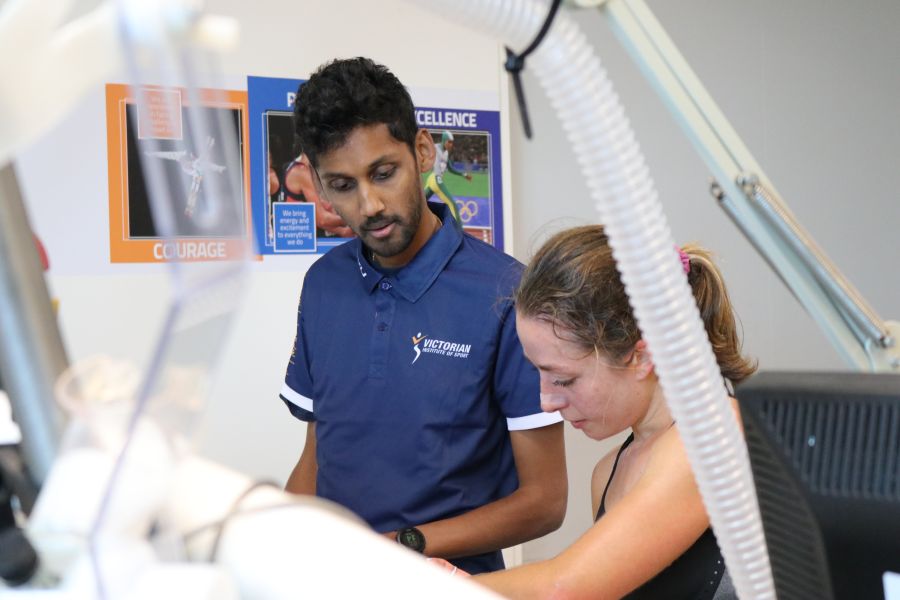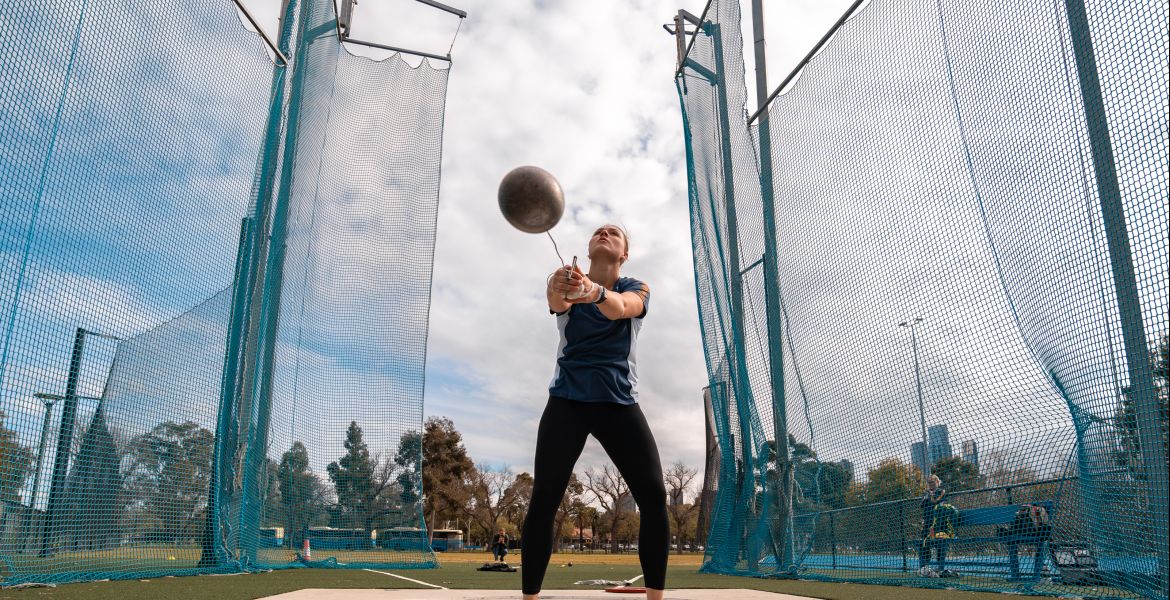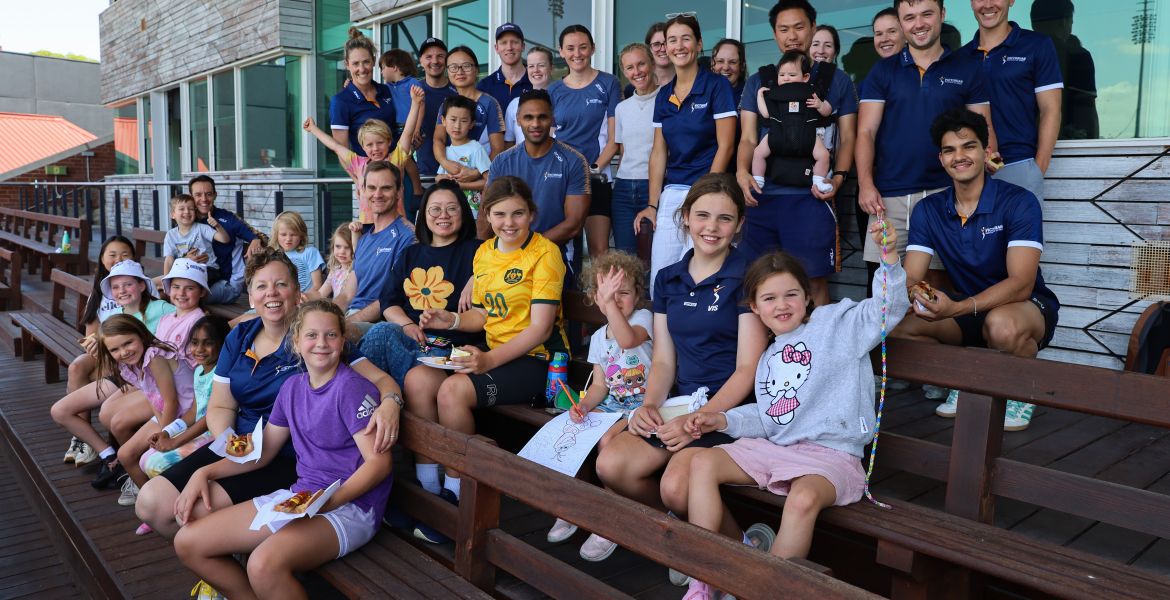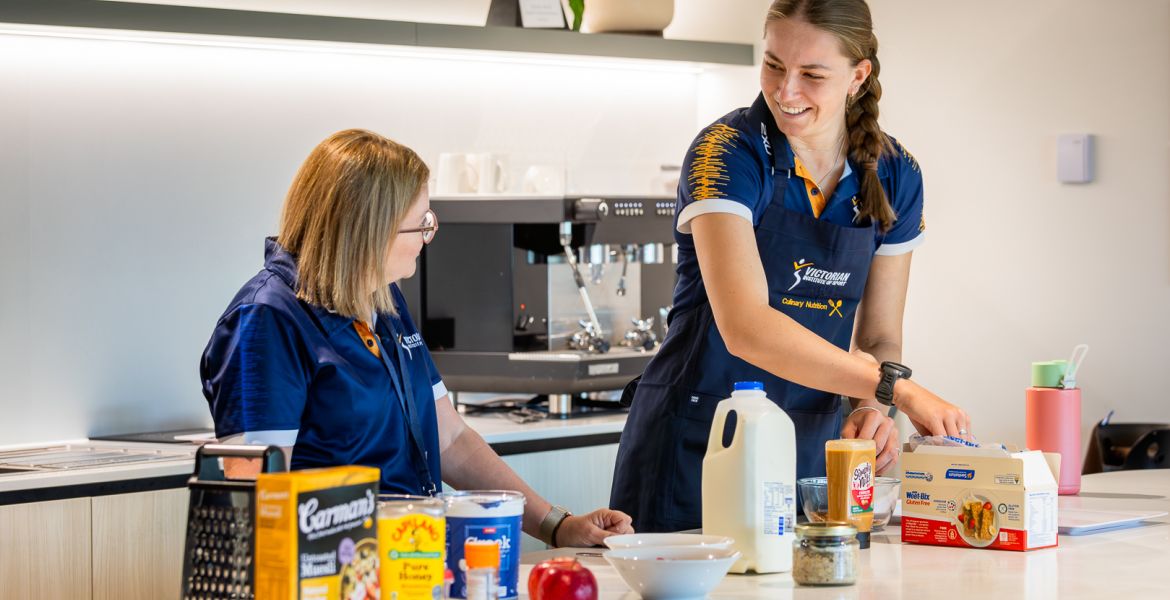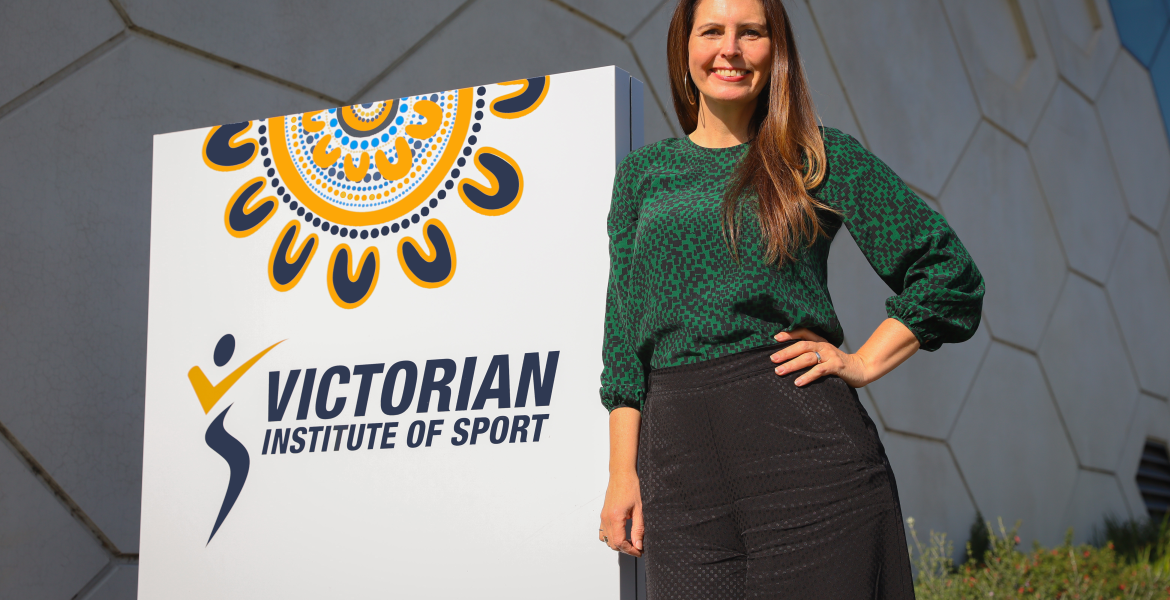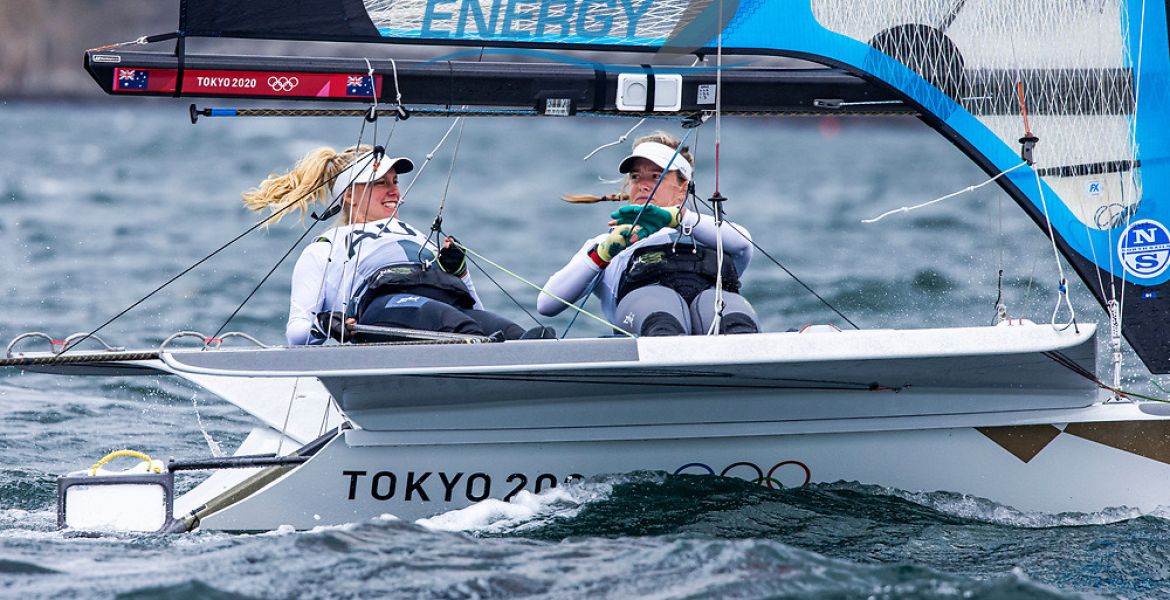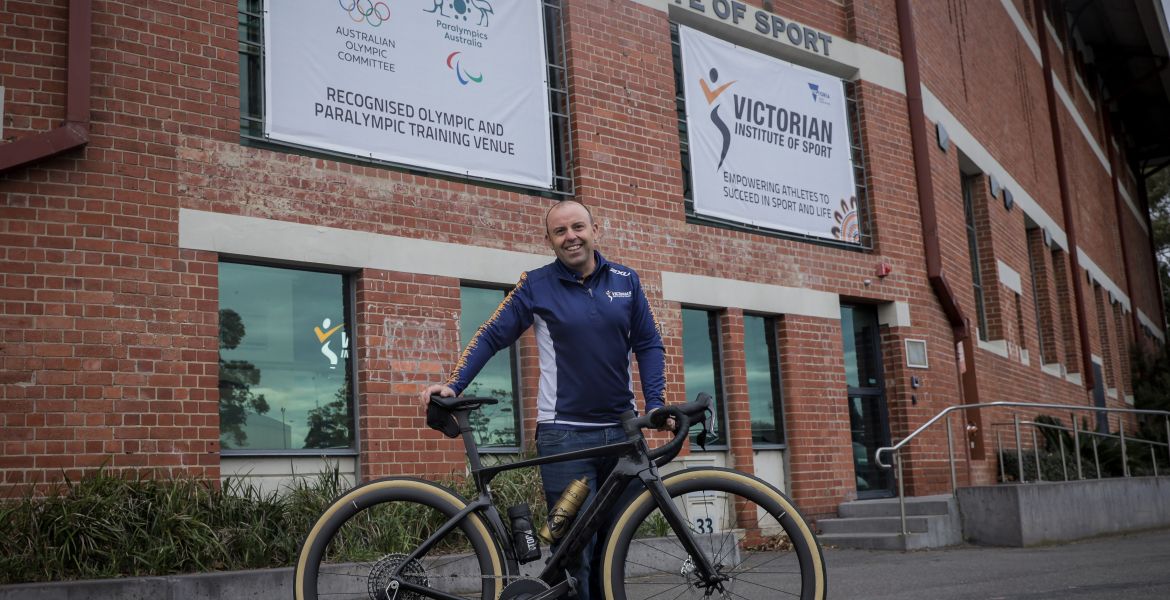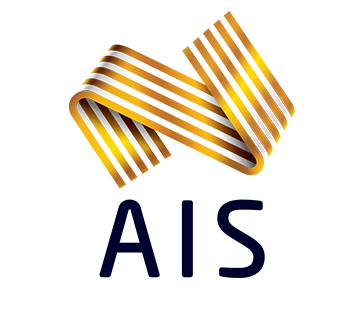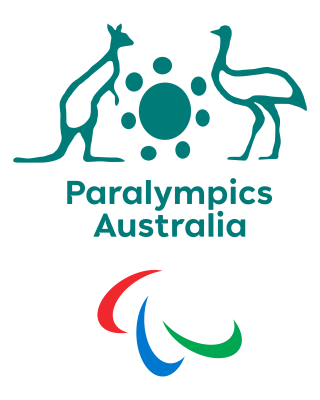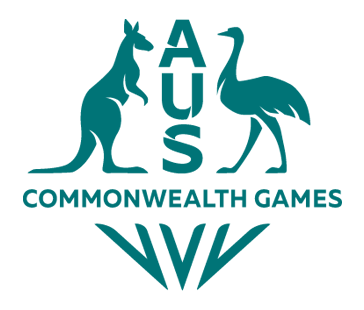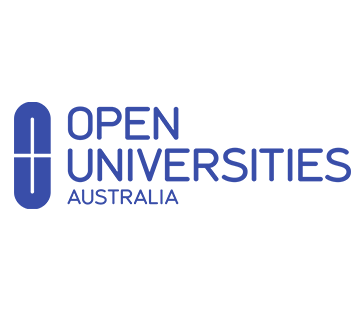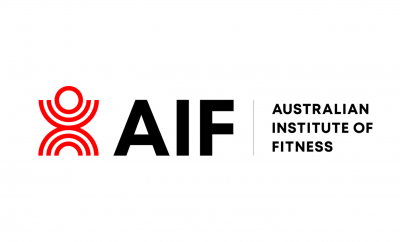This weekend many in the Victorian community will celebrate Diwali, or Deepavali, a spiritual and cultural celebration of light over darkness.
Tens of thousands of people will gather at Diwali festival locations across Melbourne, typically in blazes of colour, to eat, dance and sing.
Victorian Institute of Sport (VIS) Physiologist Dr Avish Sharma would like to join them. And he will, just not yet.
Sharma spends November in Falls Creek and Perisher Valley supporting altitude training camps for our VIS athletics athletes.
The camps are an integral part of the controlled and highly planned preparation of many VIS athletes.
Last year, for example, altitude camps in Switzerland were a vital ingredient in gold medal success for Australian athletes at the Birmingham Commonwealth Games where Sharma was on hand to share in wins in the marathon by Jess Stenson and the 10 km walk for Jemima Montag.
This year altitude camps in the USA and Switzerland played a role in Jemima’s World Athletics Championship silver medal and a top eight result for her VIS race walking teammate Declan Tingay.
“I have known these athletes for a number of years. It was a privilege to be a member of their performance teams,” he says of the experiences.
Falls Creek and Perisher Valley may be better known for their snowfields and sweeping views of the Australian Alps but for Sharma and the athletics performance teams it provides an altitude base that is a part of a long-term strategy to accumulate time at altitude in the lead up to the 2024 Paris Olympics.
“For the average person, altitude training probably shouldn’t be the first intervention on the list; there are other elements of training that can be manipulated (such as simply being consistent, intensity, distance etc..) to improve their performance,” said Sharma.
But for elite-athletes “altitude training provides an added advantage where modifications to training volume or intensity may be ‘maxed out’, or simply to create a novel stimulus in an athlete’s program. The lower oxygen availability characteristic of altitude stimulates the body to produce more red blood cells, an adaptation beneficial for performance.
“Then, there is the fact that training itself becomes harder, and we can use this to help our athletes get fitter than training at sea level.”
Sharma’s expertise is highly regarded at the VIS. After completing a PhD specialising in optimising altitude training in elite runners, Sharma uses his understanding of training and physiological adaptations to altitude to provide recommendations for coaches to optimise their prescription.
“This could be as simple as measuring blood lactate values for a specific session, and then adjusting the work-to-rest ratios of the session to help achieve the desired outcome without pushing the athlete too far.
“Or, given the training stress at altitude is higher than normal, it may be having discussions about the periodisation of training and recovery in the week, to allow the athletes to recover better between hard sessions.”
The value of Sharma’s expertise and hard work was made plain last year when, upon accepting her 2022 VIS Award of Excellence, Montag paid tribute to him in her acceptance speech. For Sharma though, whilst excellent results are great to share in, the best part for him is “often just interacting with the athletes, coaches and other members of the performance team on a camp, with the knowledge that you are working towards a common goal.”
And when he returns from Falls Creek in late November, he intends to share in something else: Diwali.
“My childhood is filled with memories of lighting lots of candles, extended family get togethers, as well as eating my body weight in sweets,” he says of the festival.

